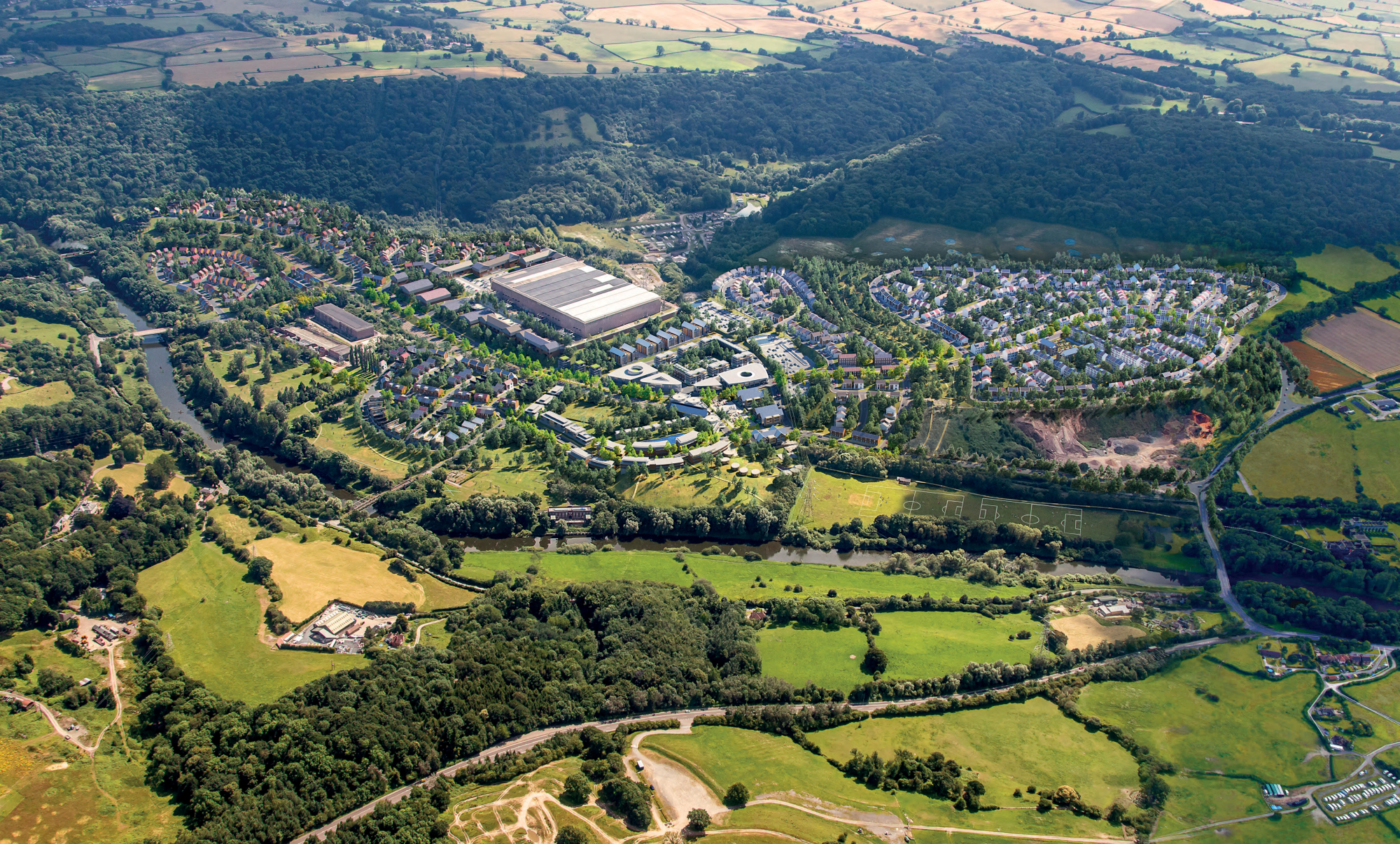I don’t usually cover planning matters beyond the Ludlow area but this is one of the biggest applications in our county. An application this size will have a widespread influence across the east of the county and beyond. There are two applications. The first sets out plans for 1,000 homes; a retirement village; a new local centre with leisure, commercial, retail and health facilities; a primary school; nature corridors; and public open space across around 140 hectares. The pump house will be refurbished to support either retail, community or river-based uses. The second application is to dig gravel over five years and reinstate the land before using it for housing.
There are several weeks to comment on the main application, though less time on the quarry. Decisions are expected in the summer. It will be later if complex issues need to be resolved.
This is a big development for a county like Shropshire. One thousand homes. Nearly two million tonnes of sand and gravel. The fee paid by the developer, Haworth, to Shropshire Council for processing the planning applications is around £300K. The council has published 271 documents for the two applications. That is just the start. There are always additional explanations, analyses and justifications for an application of this complexity. That’s the way the planning works. The main application must also be jointly decided between Shropshire and Telford and Wrekin councils.
The new settlement
The application is for outline planning permission (19/05560/OUT). At this stage the plans for housing and facilities are indicative. Shropshire Council will therefore be deciding on the principal of developing the site not the details. The only be fixed matters will the access roads from the A4169. Details will be resolved at the next stage of planning, reserved matters.
Adding 1,000 homes and a retirement village to Ironbridge will double the size of the town. The indicative development is suburban in style with curving streets. A “traditional village centre” will have facilities such as shops, cafe, restaurant and pub, community hall, offices, employment and housing. The retail units will not include a MacDonald’s, the developer says.
There will new park and ride facilities for the World Heritage Site. The existing railway line will be retained with the potential for heritage or commuter uses.
The existing National Grid building and substation will be retained.
Buildwas Quarry
The plan is to extend the quarry and extract 1.9 million tonnes of sand and gravel over five years and then reinstate the land at a lower level for housing (19/05509/MAW).
The screening plant for the extracted minerals will be located on the coal storage area of the former power plant. Once processed, three quarters of the minerals will be taken off site by rail. The remaining quarter will leave by HGV for “local markets”. The quarry will operate from 7am to 7pm Monday to Friday and 7am to 1pm Saturdays. Tarmac has expressed support for the proposal.
There are expected to be 48 HGV movements a day to and from the site. More than 60,000 HGV movements in all.
Consultants warn that risks of landslips due to the work cannot be ruled out.
The demolition of the cooling towers
I can’t write article without regretting the loss of the cooling towers. I was amazed when I cycled past back in the late 1970s. I have always regarded the towers as part of the heritage of a gorge in which the industrial revolution was forged. We didn’t need to keep all four. Just one mighty salmon tower rising high at the entrance to the gorge would have added to the visual historic record on the edge of a World Heritage Site. Alas, the towers are now no more than dust.
Historic England has no policy for preserving cooling towers or other 20th Century power infrastructure. It will regret that policy failure after coal power generation ends in 2025. Then it will find it has only second rate examples remaining of one of the most impressive symbols of the 20th industrial landscape.
The planning context
This is one of four big schemes that Shropshire Council consulted on last summer as part of the review of the county’s local plan. They are Tern Hill Barracks, RAF Cosford, Ironbridge and Tong.
The proposed 3,000 home garden village on a greenfield site at Tong has run into trouble, with the council leader Peter Nutting saying the site won’t be included in the forthcoming local plan. The developer, Bradford Estates, has challenged that. This disagreement will come to head at the public inquiry into the draft local plan later this year, or possibly earlier if Bradford Estates decides there is a basis for a challenge in the high court. Lord Bradford won’t give up easily. The Green Belt development could be worth around £250m (depending on a range of assumptions). His development case might be buoyed by a recent high court decision that said the test for taking land out of the Green Belt is weaker when producing a new local plan than when dealing with a planning application. It will be easier for Bradford to get his site approved in principle during the local plan process than just slapping in a planning application.




